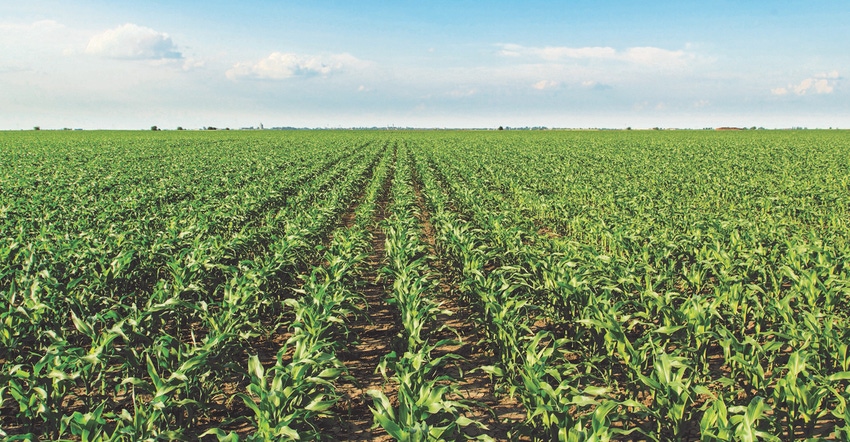August 10, 2021

Civilization is built upon agriculture, and the farmer’s role as researcher has always been central to its success. Take corn, for instance. No one really knows how this most important grain developed. It’s been with us for thousands of years. The prevailing theory is that it was developed from a wild grass called teosinte long before our current scientific methods. But who developed it? Well, this we know: farmers.
How did farmers develop it? On-farm research. Year after year of trial and error took place until the grain we call corn bore little resemblance to the original wild grass teosinte.
The research of these ancient farmers was certainly quite different from today’s scientific method. Nevertheless, with keen observation and myriads of repetitions, crops that are the mainstay of modern agriculture were developed through the work of farmers. For thousands of years, the farmer was the developer of new crops, regional varieties and farm-specific landraces.
Today, crop production is supported by industry and university research dedicated to seed development, testing and improvement. Yet farmers still have questions about what crops or methods best fit their unique farm, climate or management system.
Conducting on-farm trials
A few simple steps can vastly improve the value of on-farm trials and allow you to draw conclusions with a greater degree of certainty.
1. Ask the question. The first step to on-farm research is asking a question. This is what makes research on your farm so valuable — you can seek answers to your questions on your unique farm.
The reality is that you are always doing some sort of research: trying out a new tillage method, crop, fertility regimen.
Make sure to ask only one question that can be answered “yes” or “no.” For example, your question might be: “Will this new variety outproduce the old?”
2. Replicate and randomize. The second two-part step is to replicate and randomize your trial. This will reduce bias caused by field variability. Without adequate repetition, wrong conclusions may be drawn. Fields can be highly variable, so try to use an area that is fairly uniform. Set up side-by-side plots of your trial varieties in multiple blocks.
To answer our example question, we’ll plant the old and new varieties side by side; this is one research “block.” Since a difference between plots might be due to field variability, we’ll repeat blocks four to six times across the field.
We will also randomize each block. What does that mean? Perhaps the field slowly improves to the east. If we have the new variety always on the east side of each block, we introduce bias by giving the best part of each block to this variety. Instead, flip a coin for each block to randomly determine the order of the varieties.
It is also important to note that conditions change from year to year, so repeating the trial over several years increases the certainty of your answer.
3. Collect data. The third step is data collection. Keep a notebook or file so you can track your experiment’s setup and progress. Don’t rely on memory!
If you are measuring yield, it’s best to leave a few guard rows and harvest a carefully measured area from the middle of each plot. Weigh your harvest and measure moisture so you can convert yield to a standard moisture content. Photos also serve as a valuable reminder of what occurred during the growing season.
4. Answer the question. The final step is data interpretation. You have four to six yield measurements for each variety. Averaging the results shows that one variety has a higher yield. But is that difference significant?
Significance is a statistical measure that lends assurance to your conclusions. Statistical analysis tells you whether the difference is likely due to better performance, or if it is just as likely that the difference is random. If you were to repeat the experiment, it might be just as likely to have the results flipped.
Statistical analysis verifies your answer. It may seem daunting, but statistics can be done rather simply with paper and a calculator or with an Excel worksheet.
University of Wisconsin-Extension can provide resources and help you set up on-farm trials. Your Extension agriculture educator can guide you through the process so you can answer your farm-specific question. On-farm research requires investment of time, effort and other resources. What you learn can be invaluable in your decision-making and in the profitability and sustainability of your farm. Who knows, you may even change the world!
Travis is the Extension agriculture educator in Pepin and Pierce counties in Wisconsin.
You May Also Like




